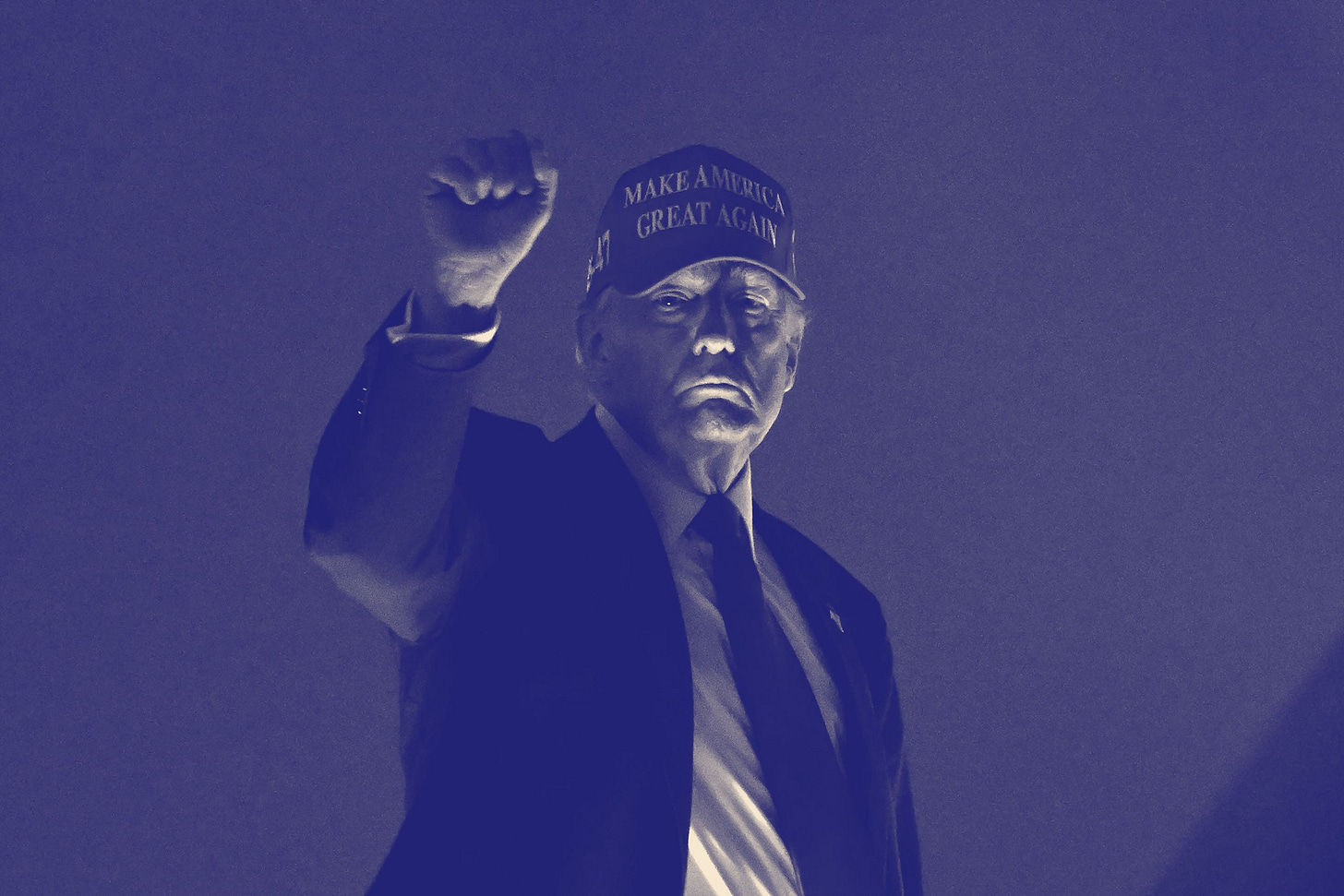The US Court of International Trade has acted to block pretty much all of President Trump’s tariffs. I guess the first question is “what the heck is the US Court of International Trade? The story seems to be that back in 1890, Congress created a “Board of General Appraisers, a quasi-judicial administrative unit within the Treasury Department. The nine general appraisers reviewed decisions by United States Customs officials …” In 1926, Congress replaced the Board of Appraisers with US Customs Court. The status of this court evolved over time, and in 1980 became the US Court of International Trade, a “national court established under Article III of the Constitution”– the part of the constitution that establishes the federal judicial branch.
I’ve written before that a legal challenge to the Trump tariffs seemed inevitable. The key issue is that the Article 1 of the US Constitution–the part which lays out the structure and powers of the legislative branch–states in Section 8: “The Congress shall have Power To lay and collect taxes, Duties, Imposts and Excises, to pay the Debts and provide for the common Defence and general Welfare of the United States …” Over the years, Congress has written a number of exceptions into the law. For example, the International Emergency Economic Powers Act of 1977 (IEEPA) lets the President address “unusual and extraordinary” peacetime threats. For example , when Iran took US hostages in 1979, President Carter could immediately respond with trade sanctions.
The legal question is whether President Trump has the authority to invoke the “emergency” provisions and rewrite all tariffs for countries and goods all around the globe in whatever way he wishes. The law firm Reed Smith has been producing a “tariff tracker” that shows the results. The US Court of International Trade held that Trump has stretched the “emergency” provision considerably too far, that US importing firms are adversely affected, and that previous laws do not mean that Congress has given away all of its Constitutional power in this area to the President. (For those who keep score in this way, the Court decision was a 3-0 vote, and the three judges were appointed by Trump, Obama, and Reagan.)
The Trump administration justifications for its tariffs are full of goofy statements. For example, President Trump argues that the tariffs will all be paid by foreign companies, with no effect on US consumers and firms. Seems unlikely, but say that it’s true. In that case, foreign exporters to the US would have lower profits, but would be exporting the same quantity of goods at the same price to US markets. The idea that tariffs won’t affect the quantities or prices of what foreign exporters sell in the US market is inconsistent with the idea that the tariffs will give breathing space to US producers.
Or Secretary of Commerce Howard Lutnick explained in an interview a few weeks ago what kind of manufacturing jobs were going to return from China to the United States. He said, “The army of millions and millions of human beings screwing in little screws to make iPhones — that kind of thing is going to come to America …” I suppose Lutnick deserves some credit for expressing a concrete idea, but my guess is that most supporters of Trump’s tariffs do not have in mind a US economy based on an “army of millions and millions of human beings screwing in little screws to make iPhones …”
The trade economist Richard Baldwin has just published an e-book called The Great Trade Hack: How Trump’s trade war fails and global trade moves on. He rehearses the arguments over tariffs at some length: how they will not reduce the trade deficit, or revive US manufacturing, or help the middle class. Baldwin writes fluently, and this book is for a generalist readership. Here, I want to touch on one of Baldwin’s themes that I haven’t discussed recently. He writes:
Tariffs persist precisely because they fail economically, yet succeed politically. They provide symbolic relief, project toughness, and shift blame onto external actors without confronting difficult domestic policy challenges like higher taxes or expanded social programmes. …
Tariffs don’t coordinate investment across firms and sectors. They don’t train workers. They don’t bridge skill gaps or modernise vocational education. They don’t fund infrastructure, improve logistics, or support research and development. They don’t unlock capital, align upstream and downstream firms, or connect regions to supply chains. In short, tariffs can defend an industrial base, but they cannot create one.
Reindustrialisation requires more than tweaking relative prices. It needs a strategy. A real one. With planning, sequencing, and sustained commitment. It needs a trained workforce, one that matches the needs of 21st-century manufacturing. And to get those workers, federal and local governments must partner with industry. Firms can’t do it alone. No company will invest heavily in training workers if they’re unsure those workers will stay once their skills are upgraded. That’s why, in most countries, governments step in – funding training with tax dollars to solve the coordination problem. It’s a public good with private benefits, and it only works when governments and employers pull in the same direction.
It also needs reliable infrastructure, stable regulation, and targeted investment incentives. It needs the trust of industrialists – not just that the cost of imported goods will be higher this year, but that America will be a profitable place to make things for decades to come. And this is critical: building a modern manufacturing operation is a long-term proposition. From planning to permitting, from equipment procurement to workforce training, the timeline is measured in years, not months. For investors to commit, they need confidence that support policies – tariffs, subsidies, tax credits, training programmes – will remain in place long enough to generate a return. If the policy environment is unpredictable or politicised, those factories won’t get built.
That’s the real shortcoming of Trump’s pray-and-spray, tariff-first and tariffs-only approach to reshoring manufacturing. There’s no plan to use the breathing room tariffs might create. Without that plan, the most likely outcomes from the 2 April tariffs are higher prices, reduced manufacturing, riled allies, and retaliation against exports from industries where America is competitive today.
We are seeing with President Trump one of the dangers of electing someone with a business background to government: the lessons of business and government overlap in some areas, but are not the same. Baldwin writes:
Trump’s real estate experience also taught him one simple rule: the seller is ripping off the buyer. From that premise, it’s just a logic hop-skip-and-jump to the idea – which the President is firmly convinced of and which shapes his attitude towards trade – that a bilateral trade deficit is theft. … This notion is completely false – as anyone versed in mainstream, positive-sum business practices would attest. Nevertheless, it is a cornerstone of Trump’s belief system.
I’m confident that the US Court of International Trade decision will be appealed to the US Supreme Court, but I suspect that President Trump might benefit politically if the courts take his tariff plans off the table. Trump blocked by the courts is a powerful political force. On the other side, if Trump is forced to face the actual effects of his tariffs, my expectation is that as the gains from international trade are diminished, he won’t come out looking so good.
The post Will the Courts Save Trump from His Tariffs? first appeared on Conversable Economist.




